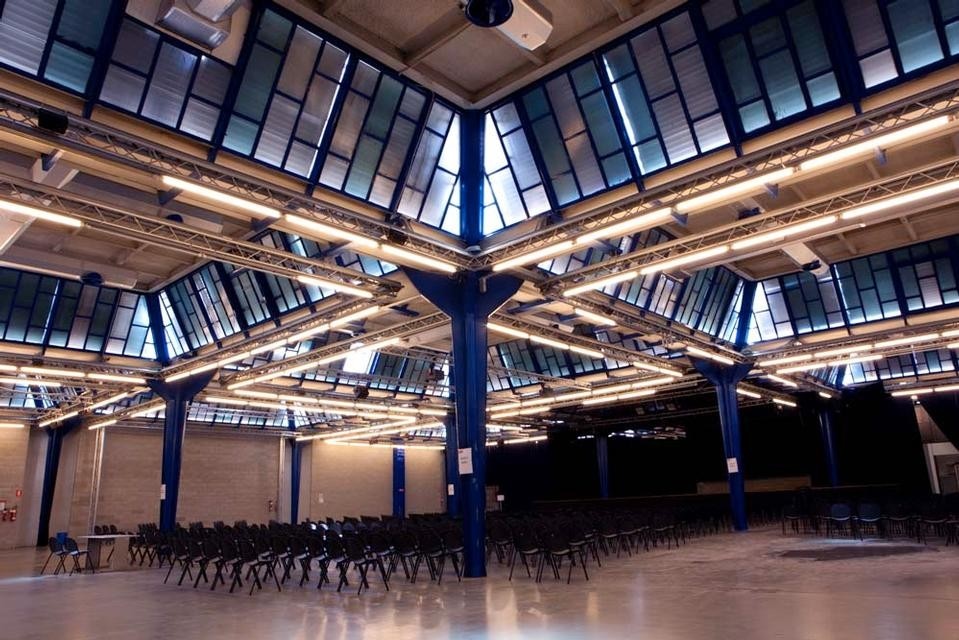The images displayed here are part of a larger work by Francesco Mattuzzi, commissioned by the Fondazione Adriano Olivetti. Undertaken in the last two years, the project integrates the Fondazione's effort to recognize and appreciate the architectural heritage of the city of Ivrea. Last 9 May, Ivrea's architecture has officially entered the Italian list of proposed candidates for UNESCO Heritage Sites, thanks to the joint effort of the Ministero per i Beni e le Attività Culturali [the Italian Ministry of Culture], the Ivrea Municipality and the Fondazione Adriano Olivetti. The industrial city of Ivrea is an exceptional example of an industrial city of the second half of the 20th century, representing the materialization of an industrial city according to a model desired by Olivetti. Here, a social and productive system flourished, inspired by the community, in an alternative to the typical model proposed by the 20th century industrial development. These photographs will on display until 25 November in the opening section of the Italian Pavilion at the Venice Biennale.
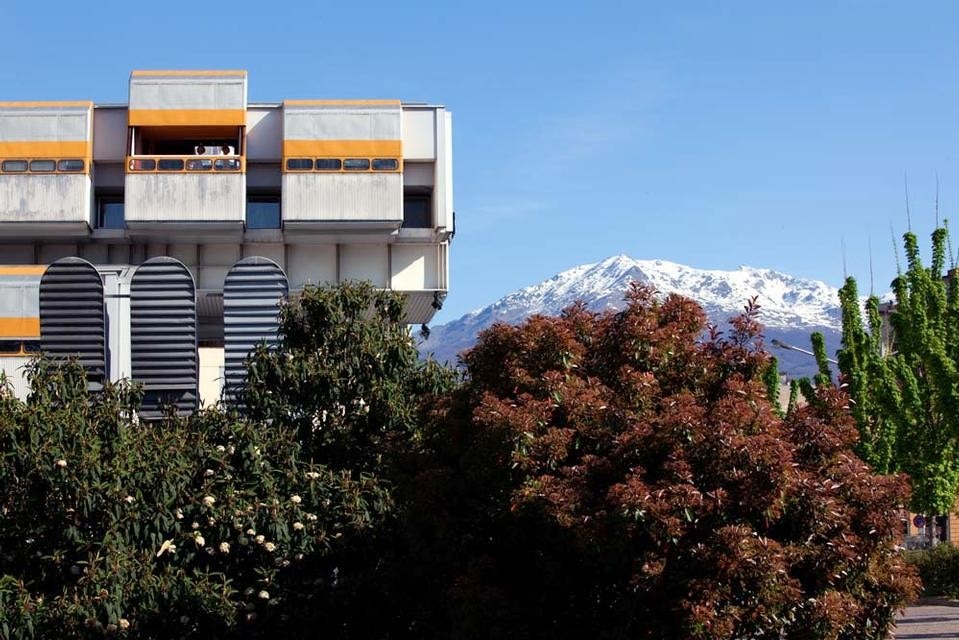
Adriano Olivetti died fifty-two years ago, and his name and story have never been remembered so often as they are today, as a model to help us face up to the crisis that our country is going through and, more in general, as a new way of seeing the relationship between the productive world, civil society and culture.
The depth of Olivetti's thinking and the activities through which he expressed himself are so complex and apparently disjointed that to single out a specific, circumscribed reason, for which it might be useful, I would even say necessary, to go back over this experience today, becomes a very hard task.
Adriano Olivetti was a great entrepreneur: he developed the factory that he inherited from his father Camillo by turning it into a cutting-edge international business. He had the insight to develop electronics in the early 1950s, and pursued the road of technological innovation with determination and success. He was the first to acquire a large typewriter factory in the United States, and we could, of course, go on to remember many other ventures that have since become the stuff that the history of Italian industry is made of.
%20Architetti%20Luigi%20Figini%20e%20Gino%20Pollini%20Courtesy%20Francesco%20Mattuzzi%20e%20Fondazione%20Adriano%20Olivetti1.jpg.foto.rmedium.jpg)
The deep understanding of this identity poised between spiritual and material forces, which Olivetti represented within a political model capable of constructively guaranteeing them, is the keystone to understanding and accepting each Olivettian experience in its complex entirety, the truly unique scientific precision in terms of organization with which this effort to synthesize was pursued, and, lastly, the awareness of the ends that showed it the way, examples of which can be found in the following passages: "When I speak of spiritual forces, for the sake of clarity, I try to sum up with a simple formula the four essential forces of the spirit: Truth, Justice, Beauty and above all Love. A society that does not believe in spiritual values cannot believe in its own future and will never be able to venture forth toward a common destiny."
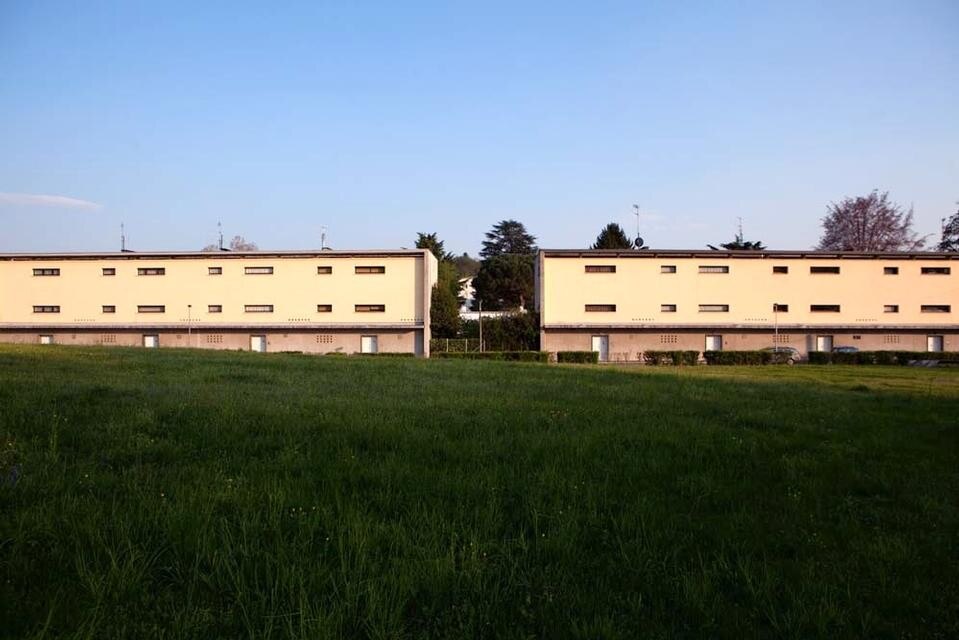
While the first text helps us to determine the eschatological limits of Olivetti's proposal, the second one, delivered for the opening of the Olivetti plant in Pozzuoli in 1955, convincingly introduces one of the essential cornerstones on which all of his ideology is based: the territory, the seamless interweaving between it and the world of material production, which at that time was the factory, the urban configuration that must regulate this complex relationship and, lastly, its architectural appearance.
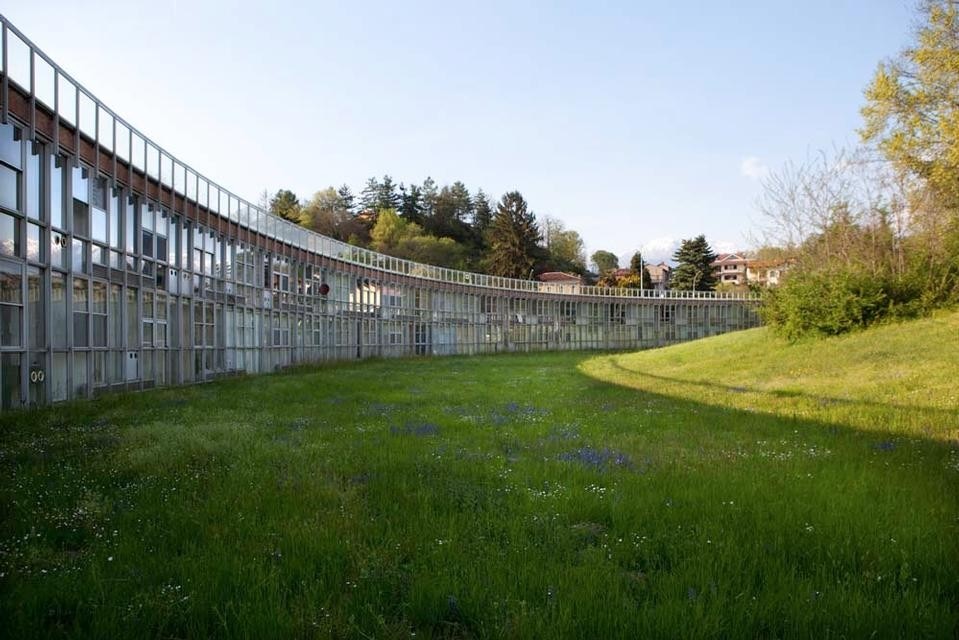
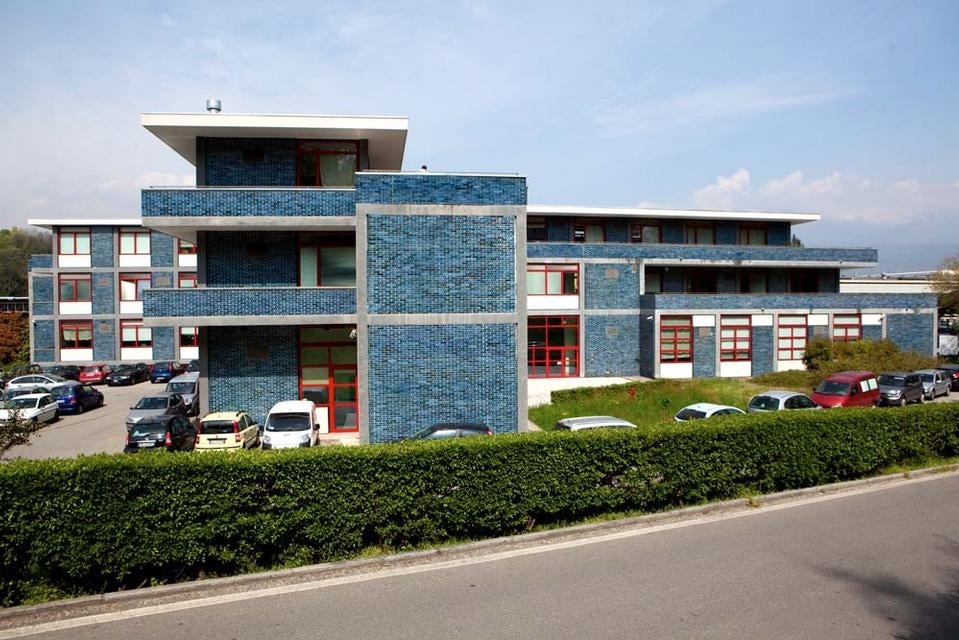
I wish to thank all those who have wanted to pay tribute to Adriano Olivetti, who I am sure would have been immensely pleased because, leaving the celebrations aside, he would have seen it as a seed being sown for a new world of hope. Laura A. Olivetti, President of Fondazione A. Olivetti
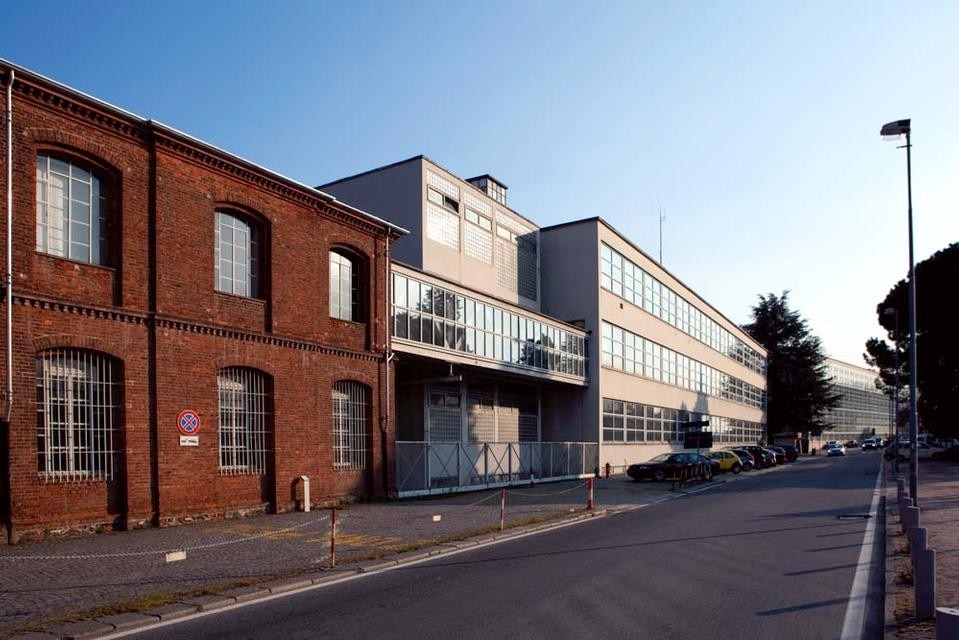
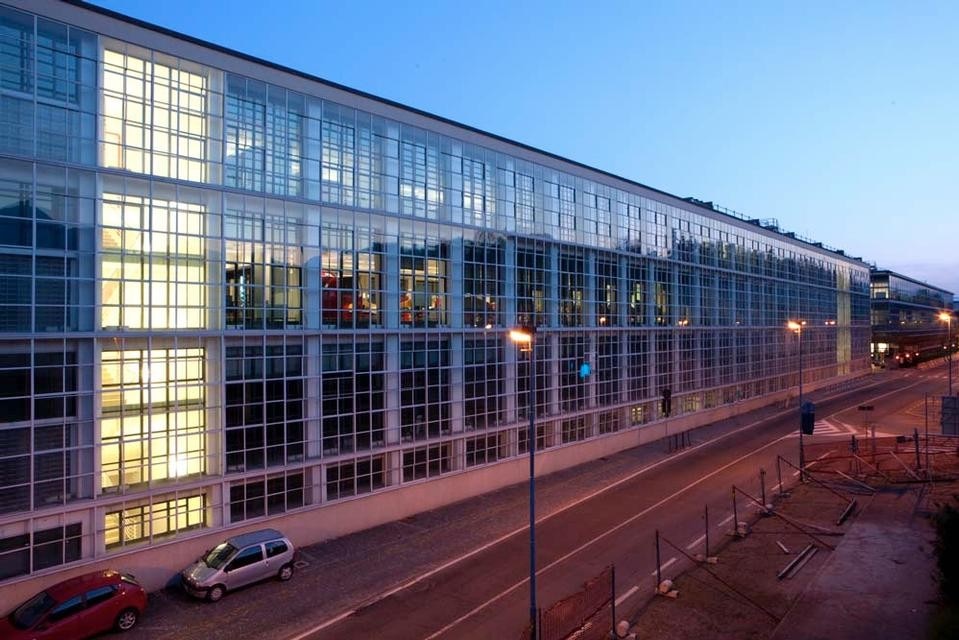
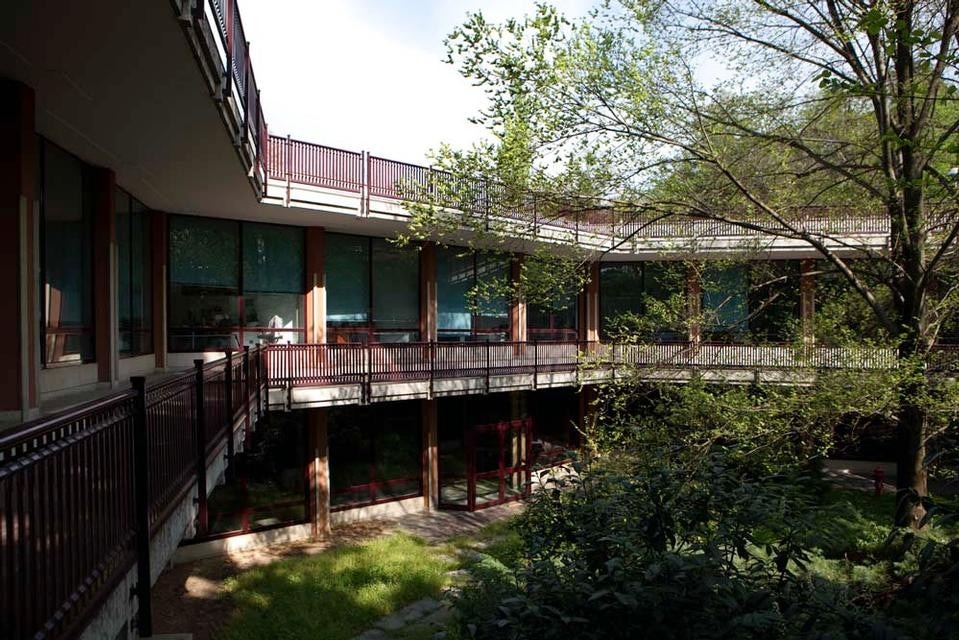
_Architetti%20Gian%20Antonio%20Bernasconi,%20Annibale%20Fiocchi,%20Marcello%20Nizzoli_Courtesy%20Francesco%20Mattuzzi%20e%20Fondazione%20Adriano%20Olivetti1.jpg.foto.rmedium.jpg)
